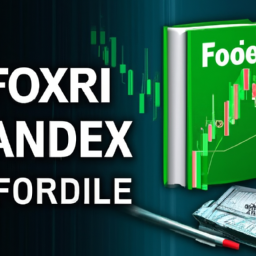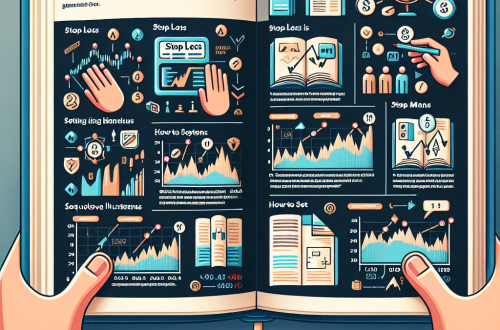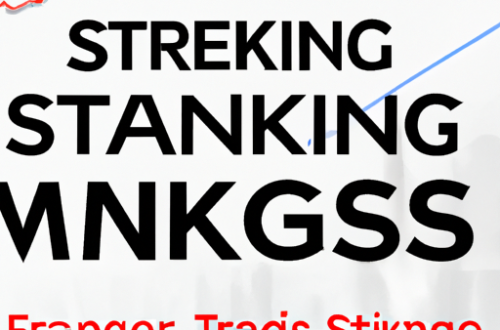Introduction to Forex Trading for Beginners
If you are new to the world of forex trading, understanding how the foreign exchange market works can be overwhelming. Forex trading for beginners strategy is all about learning the basics, managing risks, and applying simple trading approaches that pave your way to success. In this comprehensive guide, you’ll discover the core principles of foreign currency trading, including how to read currency pairs, recognize market trends, and develop a reliable entry-level trading strategy.
What is Forex Trading?
The foreign exchange market (also called forex or FX) is the world’s largest financial market, where traders buy and sell currencies to make a profit. Unlike the stock market, forex operates 24 hours a day, five days a week, and involves currency pairs like EUR/USD, GBP/JPY, and others. The main goal for beginner forex traders is to predict whether a currency’s price will rise or fall against another and to trade accordingly.
Understanding Currency Pairs and Quotes
In forex, currencies are always quoted in pairs (e.g., EUR/USD). The first currency is the ‘base’ and the second is the ‘quote.’ If the EUR/USD is priced at 1.1200, it means one Euro equals 1.12 US Dollars. Learning to read these quotes is essential for forex trading for beginners strategy, as every trade involves buying one currency and selling another.
- Major pairs: Most traded and involve USD (e.g., USD/JPY, GBP/USD)
- Minor pairs: Do not include USD but involve major currencies (e.g., EUR/GBP)
- Exotic pairs: Include one major and one emerging-market currency (e.g., USD/TRY)
Essential Forex Concepts for Beginners
- Pips: The smallest price move in a currency pair, crucial for profit calculation.
- Leverage: Allows you to trade larger positions with a smaller amount of capital.
- Spread: The difference between the buying and selling price of a currency pair.
- Stop-loss: An order placed to limit potential losses on a trade.
- Risk management: Techniques to protect your account balance and limit losses.
Step-by-Step Forex Trading Strategy for Beginners
The best way to start with forex trading is to use a simple and structured approach. Here is a step-by-step forex trading for beginners strategy that combines technical analysis, risk management, and trading psychology:
- Choose a Reliable Forex Broker: Select a broker with a user-friendly trading platform, competitive spreads, and strong customer support. Make sure the broker is regulated by relevant authorities.
- Demo Trading: Practice with virtual money using a demo account before risking real funds. This helps you get comfortable with the trading platform and test your strategies.
- Focus on One or Two Currency Pairs: Start with major pairs like EUR/USD or USD/JPY as they are more stable and have higher liquidity.
- Learn Basic Technical Analysis: Familiarize yourself with support and resistance levels, trend lines, and simple indicators such as Moving Average, RSI, and MACD.
- Set Clear Entry and Exit Points: Define when you will enter a trade and when you will exit (take profit or stop-loss). This discipline helps avoid emotional trading decisions.
- Apply Proper Risk Management: Never risk more than 1-2% of your trading account per trade. Always use a stop-loss to protect your investment.
- Keep a Trading Journal: Record every trade, including your entry, exit, reason for the trade, and the result. Regular review will help you spot mistakes and improve over time.
Simple Moving Average Crossover Strategy
One of the most popular forex trading for beginners strategies is the Moving Average Crossover. Here’s how to use it:
- Add a 50-period Simple Moving Average (SMA) and a 200-period SMA to your chart.
- When the 50 SMA crosses above the 200 SMA, it’s a potential buy signal (uptrend).
- When the 50 SMA crosses below the 200 SMA, it’s a potential sell signal (downtrend).
- Always confirm signals with other tools, such as RSI or MACD, and place stop-loss orders.
This strategy is easy to understand and helps new traders identify trends in the forex market with minimal confusion.
Risk Management: Protecting Your Capital
Effective risk management is vital in forex trading for beginners. Never risk all your capital on a single trade. Use stop-loss orders, keep your position size small, and avoid overtrading. Remember, surviving in the market is your first goal; profits will come with discipline and patience.
Trading Psychology: Mastering Emotions
Emotional control is often the difference between winning and losing traders. Stick to your plan, avoid impulsive decisions, and accept losses as part of the trading process. Building a strong mindset is as important as developing a trading strategy.
Common Mistakes Forex Beginners Should Avoid
- Trading without a clear strategy or plan
- Risking too much on a single trade
- Letting emotions drive trading decisions
- Chasing losses or overtrading after a loss
- Ignoring economic news and fundamental analysis
Conclusion: Your Roadmap to Forex Success
Mastering forex trading for beginners strategy involves learning the basics, practicing with a demo account, and gradually applying simple yet effective trading strategies. Focus on risk management, keep your emotions in check, and always continue learning. With patience and discipline, you can become a confident forex trader and achieve your financial goals.





